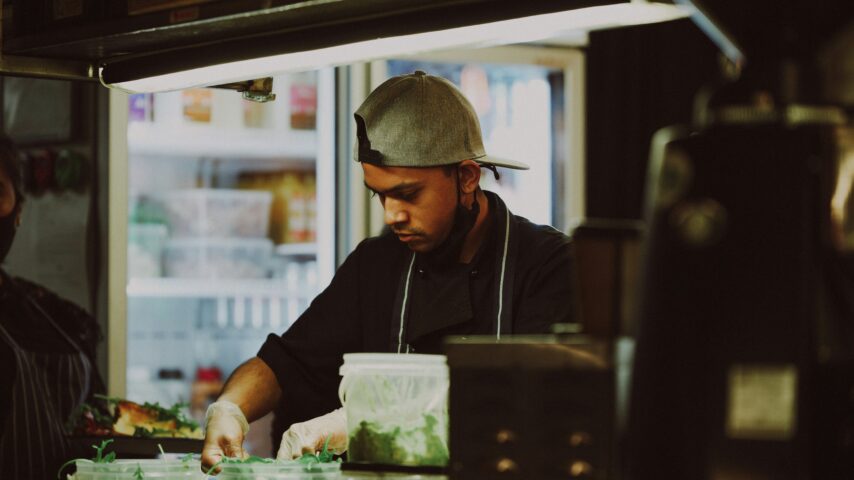What is a Casual Dining Restaurant?
Defining Casual Dining: What Sets it Apart from Fast Food and Fine Dining?
Casual dining restaurants are a type of restaurant that offers a more relaxed and informal atmosphere compared to fine dining establishments.
A casual dining menu typically has a wide variety of options, including both comfort foods and healthier choices at more affordable prices. Unlike fast food restaurants, casual dining establishments typically offer table service and a more leisurely dining experience.
The Rise of Casual Dining: Exploring the Trend in Restaurant Culture
Casual dining restaurants started to emerge in the 1970s and 1980s as a middle ground between fast casual restaurants and fine dining. The casual dining concept grew in response to the demand for a more relaxed, comfortable dining experience.
These restaurants aimed to provide a more affordable and laid-back atmosphere while still offering a wide variety of menu options. The growth of casual dining was also influenced by the changing lifestyles and preferences of consumers who were looking for a place to enjoy a meal with friends or family in a more casual setting.
As the concept has gained popularity, more casual dining chains and independent restaurants have opened, offering a diverse range of cuisines and dining experiences globally. Some of the biggest casual dining restaurant chains include Applebee’s, Chili’s, Olive Garden, Red Lobster, and TGI Fridays.
The rising cost of living is also impacting the popularity of casual dining concepts. With people’s disposable income decreasing, many families are looking for cheaper dining options when going out for meals.
The Casual Dining Experience; How it Differs from Other Restaurant Concepts.
We’ve already discussed how casual dining restaurants are characterised by their comfortable atmospheres appealing to families. Unlike fast food or fine dining establishments, casual dining restaurants offer a middle ground between quick service and a more formal dining experience.
The service is attentive but not overly formal, and customers can expect a more hospitable dining experience compared to fast food restaurants. In comparison to fast-casual restaurants, casual dining concepts provide customers with full table service.
The affordable nature means that they tend to be popular with younger adults and families, who tend to be repeat customers. This means that, generally, casual dining restaurants are busy during typical service periods.
Loyalty to these restaurants also comes from a menu with reliable favourites. Customers can recognise the meals on the menu, and the size of the menu means they’re unlikely to be disappointed.
.Technology is increasingly becoming a part of diners’ experience in restaurants, but since the COVID-19 pandemic, these have been more permanent changes. The adoption of QR codes and phone-ordering apps has reduced the table service and the need for as many front-of-house staff. Customers can expect to be a bit more independent, and this can also increase the speed of service.




